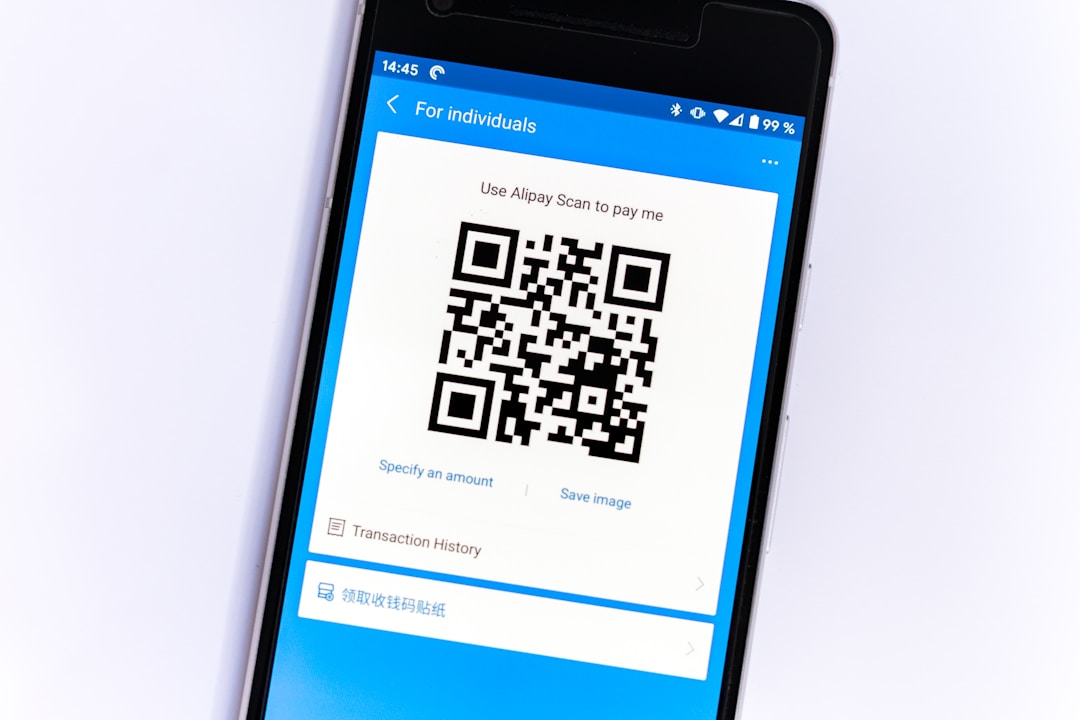Any small business that will handle payment processing needs to open a new merchant account. Business owners go through an in-depth screening process of all their merchant accounts to ensure they are following the rules and abiding by all laws. Any merchant who violates these rules and laws risks earning a place on the Terminated Merchant File (TMF) or Member Alert to Control High-Risk (MATCH) list. Getting a MATCH result is a big deal that can prevent unaware merchants from opening a new merchant account and ultimately, processing payments.
What is the MATCH List?

The MATCH list was created and managed by Mastercard to collect information about businesses and business owners who have lost their credit card processing privileges. Acquiring banks use this database to screen applicants and determine the business or business owner’s credit card processing worthiness. The biggest problem with being TMF’d is that Mastercard doesn’t concern itself with the accuracy of reported information that gets merchants on the list. This means that you could be wrongfully placed on the list and it will be up to your to clear your merchant file.
How does a merchant get on the MATCH List?

There are several specific reasons why a merchant can get TMF’d, but typically speaking, it’s nearly always due to the actions of the merchant. Excessive chargebacks, excessive fraud, money laundering, bankruptcy, PCI-DSS non-compliance, illegal activity, and identity theft are all activities that earn a merchant a place on the MATCH List. When you a marked as a high-risk merchant, acquiring banks and financial institutions may deem you too risky to work with.
Being on the MATCH List is not a permanent status.

Merchants stay on the MATCH file for five years, however, it is possible to regain your credibility sooner. The first step toward clearing your name is to determine why you have a MATCH file. It could be a matter of paying excessive chargebacks with a prior acquiring bank, or it could be a PCI-DSS non-compliance issue that needs to be pled. If the issue is due to fraudulent activity, you may never qualify for a merchant account again. The best way, and sometimes the only way, to get off of the list is to seek legal advice.
Being deemed a high-risk merchant account makes it difficult to get credit card processor privileges. The first thing potential applicants should do is determine if their merchant account is on a TMF list to avoid any surprises. Acquiring banks have different chargeback thresholds that are meant to control high-risk merchants with a history of chargebacks or illegal activity. The good news is that with the right legal help, getting removed from the MATCH List can be a simple fix.
Global Legal Law Firm has a strong reputation working with businesses who need to clear their names and regain credibility to handle credit cards. No matter what type of business or the reason for being TMF’d, their team of experts will use all pieces of valuable information from your former processor to get your merchant file removed from the list.
One of the best practices when operating an online business model is to create a strong online presence that creates visibility and attracts potential customers. Mers In Biz presents useful tips for building a successful online presence. Discover your target audience and find out what social media channels they frequent. You will need to create engaging original content with the right keywords and hashtags that speak to your niche audience. Using the right SEO services is a great way to develop a strong online presence. You also want to incentivize loyal and new customers to be loyal to your online business by creating exceptional customer service.
Being placed on the TMF isn’t ideal, but you can take steps to clear your name and rebuild your credibility.






